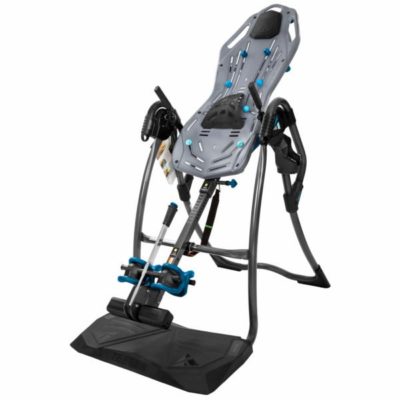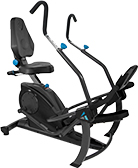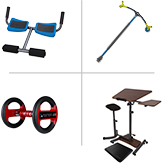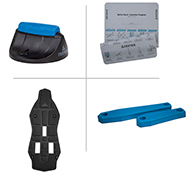Uncategorized
Unlocking the Secrets: Choosing the Optimal Angle on Your Inversion Table for Ultimate Relief
Are you curious about the ideal angle for achieving the best stretch on an inversion table? In the world of inversion therapy, the debate over the perfect angle can be confusing. Let’s delve into the science, studies, and Teeter options to uncover the mystery behind the best angle for ultimate decompression and relief.
Finding Your Comfort Zone:
The primary rule when using an inversion table is to prioritize your comfort. Initially, your body may need time to adapt to the inverted position. Listen to your body, and only invert to an angle where you can fully relax. Over time, experts recommend gradually working your way up to the “magic angle” of 60 degrees, parallel with the rear legs of the frame. According to studies (details below), this angle is where the pressure in your discs approaches zero, offering optimal decompression.
Comparing Inversion Table Options:
In the market, you’ll encounter inversion tables offering a full range of inversion angles up to 90 degrees, like Teeter, versus those limiting the rotation angle to partial inversion up to 30 degrees. Understanding the differences is crucial.
Teeter commissioned an engineering group to compare traction forces between a sliding backrest design (as seen in some partial inversion tables) and Teeter Inversion Tables. The independent report indicated that while the sliding backrest design can offer additional traction force, it’s significantly less than what full inversion achieves (60-90 degrees). Moreover, achieving the ideal positioning with the sliding backrest is deemed difficult and less effective.
Scientific Backing:
Understanding the impact of the inverted body position on spinal pressure is key. Two groundbreaking studies shed light on this:
- Nachemson Study: Alf Nachemson’s study surgically implanted a pressure sensor into patients’ 3rd lumbar disc, revealing that an inverted angle of approximately 60 degrees brings the pressure inside the discs to at or near zero – full decompression.
- Newcastle Study: Recent research from Newcastle University showed that inversion to 60-90 degrees reduced the need for surgery by 70.5% in patients suffering from sciatica caused by a herniated disc.
Why 60 Degrees Matters:
Teeter FitSpine LX9, for instance, allows users to start at a mild angle of 20-30 degrees, gradually increasing over time to reach 60 degrees. At this angle, the loads on the discs are significantly reduced, promoting disc rehydration and intake of vital nutrients for healing. Nearly half of Teeter users progress to full inversion, offering a broader range of motion, flexibility, and advanced stretching options.
Conclusion: Choose Versatility for Optimal Results:
While there’s no one-size-fits-all “best” angle, multiple studies support the effectiveness of choosing an inversion table with the ability to reach 60 degrees for maximum decompression and pain relief. Teeter Inversion Tables stand out with their variable angles, user-friendly controls, and customizable options, making them the most versatile choice on the market. Elevate your inversion therapy experience with Teeter’s innovative solutions.




